Breaking News


Popular News

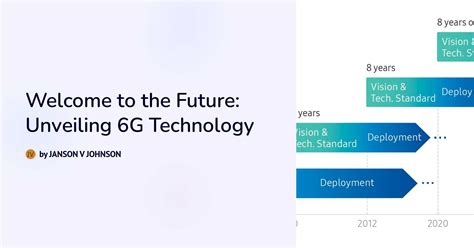
Discover the evolution, challenges, and potential applications of 6G wireless technology. Explore its impact on IoT and the global competition in development.The future of wireless technology is on the horizon, and it’s called 6G. As we continue to rely more heavily on mobile devices, the demands for faster, more reliable, and more immersive connectivity are only increasing. In this blog post, we will delve into the evolution of wireless technology, the potential applications of 6G, the impact it will have on the Internet of Things, the global competition in its development, and the challenges that we will face in implementing this groundbreaking technology.
From the earliest days of 1G to the lightning-fast speeds of 5G, we have seen a remarkable evolution in wireless technology. Now, as we look towards the potential of 6G, we are faced with both excitement and uncertainty. Join us as we uncover the possibilities and obstacles that come with unveiling the future with 6G technology.
Contents

The evolution of wireless technology has been a fascinating journey, starting from the early days of 1G networks to the upcoming 6G revolution. With each generation, there have been significant advancements in terms of speed, reliability, and connectivity. The first generation of wireless technology, known as 1G, introduced basic voice calling capabilities. Then came 2G, which brought the ability to send text messages and introduced digital encryption. 3G marked the shift towards data services, enabling internet access and video calling on mobile devices.
As we moved into the era of 4G, we saw a dramatic increase in data speeds, making it possible to stream high-definition videos and enjoy seamless online gaming. The current 5G networks are taking connectivity to the next level, offering ultra-fast speeds and low latency, which is crucial for emerging technologies like autonomous vehicles and remote surgery.
Looking ahead, the evolution of wireless technology is expected to continue with the development of 6G networks. This next generation of wireless technology is projected to deliver speeds up to 100 times faster than 5G, opening up new possibilities for virtual reality, augmented reality, and holographic communications. With advancements in artificial intelligence and machine learning, 6G is poised to revolutionize the way we interact with the digital world, creating opportunities for immersive experiences and groundbreaking innovations.
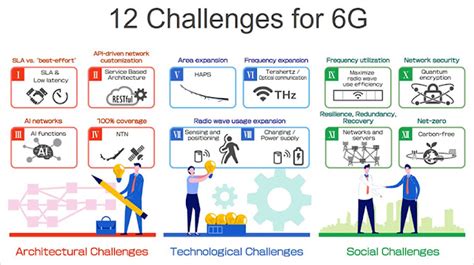
The implementation of 6G technology comes with several challenges that need to be addressed for its successful deployment. One of the main challenges is the development of new infrastructure to support 6G networks. This includes the need for new hardware components such as advanced antennas and base stations, as well as the establishment of new network architecture to accommodate the high-speed and high-capacity requirements of 6G.
Another significant challenge is the need for spectrum allocation for 6G networks. As with previous generations of wireless technology, the allocation of suitable spectrum bands for 6G is crucial for its efficient operation. However, with the increasing demand for wireless connectivity and the limited availability of spectrum, there may be challenges in securing the necessary spectrum resources for 6G networks.
Furthermore, the integration of emerging technologies such as artificial intelligence, edge computing, and quantum computing into 6G networks presents a complex challenge. The compatibility and interoperability of these technologies with 6G infrastructure need to be carefully considered to ensure seamless functionality and performance.
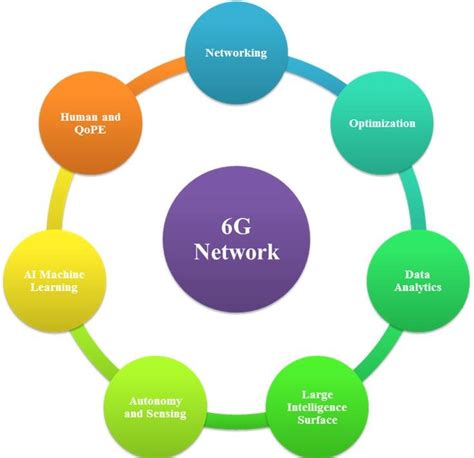
Unveiling the Future with 6G Technology
As we look to the future, the potential applications of 6G are truly groundbreaking. From revolutionizing healthcare to transforming transportation, 6G has the potential to touch every aspect of our lives.
One potential application of 6G is in the field of augmented reality (AR) and virtual reality (VR). With its ultra-fast speeds and low latency, 6G can take AR and VR to the next level, creating immersive experiences that were previously unimaginable. This technology could be used in various industries, from education to entertainment, offering new and innovative ways for people to interact with the digital world.
Another potential application of 6G is in smart cities. As urban areas continue to grow, the demand for efficient and sustainable infrastructure becomes increasingly important. 6G can enable the development of smart city technologies, such as autonomous vehicles, intelligent energy grids, and interconnected IoT devices, leading to more efficient resource management and improved quality of life for urban residents.
| Potential Applications of 6G | |
|---|---|
| Augmented Reality (AR) and Virtual Reality (VR) | Smart Cities |
| Immersive experiences | Efficient and sustainable infrastructure |
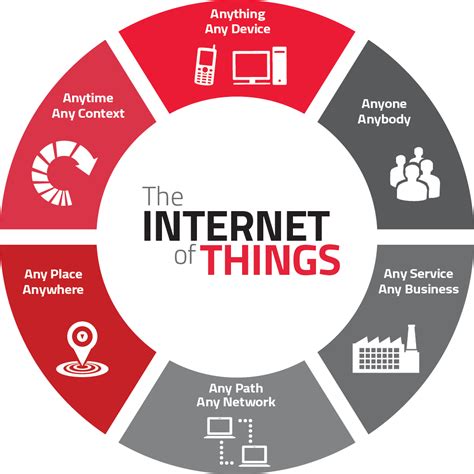
Impact on the Internet of Things
Impact on the Internet of Things
The development of 6G technology is likely to have a significant impact on the Internet of Things (IoT). With faster and more reliable connectivity, 6G will enable a wider range of devices to be connected to the internet, allowing for greater integration and automation in IoT systems.
Furthermore, the low-latency and high-bandwidth capabilities of 6G will allow for real-time data processing and analytics, improving the efficiency and responsiveness of IoT devices and applications.
| Potential Impacts of 6G on IoT |
|---|
| Enhanced Connectivity: 6G will provide faster and more reliable connections for IoT devices, enabling seamless communication and data transfer. |
| Real-Time Data Processing: The low-latency capabilities of 6G will allow for instant data processing, enabling quicker decision-making and response times in IoT applications. |
| Greater Integration: 6G will support a larger number of connected devices, allowing for more comprehensive integration and automation in IoT systems. |
In conclusion, the development and implementation of 6G technology will have a profound impact on the Internet of Things, enabling enhanced connectivity, real-time data processing, and greater integration of IoT devices across various industries and smart city initiatives.
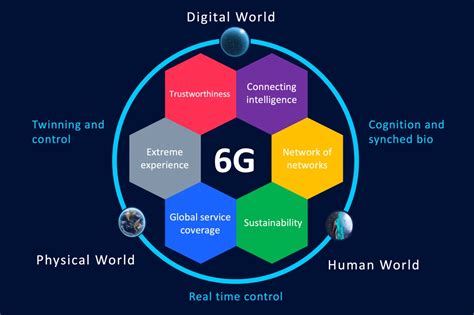
Global competition in 6G development
Global competition in 6G development
The development of 6G wireless technology has sparked a global competition among leading countries and companies, as the race to dominate the next generation of mobile communication heats up. With the potential to revolutionize the way we connect and interact with the world around us, the stakes are high in this rapidly evolving industry.
Key players such as the United States, China, South Korea, and Japan have already made significant investments in 6G research and development, as they vie for leadership in the global 6G market. This competition is not only driven by the desire for technological supremacy, but also by the economic and geopolitical advantages that come with being at the forefront of innovation in the telecommunications sector.
As the 6G landscape continues to take shape, it is clear that collaboration, innovation, and strategic partnerships will be crucial in driving the development and deployment of 6G technologies. The global competition in 6G development is not just a race to achieve technical milestones, but also a race to establish dominance in a future where connectivity and communication will be more important than ever.

What is 6G technology?
6G technology is the next generation of wireless communication, expected to be even faster and more efficient than 5G.
What are the potential benefits of 6G?
Some potential benefits of 6G technology include faster internet speeds, lower latency, improved connectivity for IoT devices, and better support for immersive technologies like augmented reality and virtual reality.
When is 6G expected to be available?
While it is still in the research and development phase, 6G technology is projected to start rolling out in the late 2020s or early 2030s.
How will 6G impact the existing technologies?
6G is expected to build upon the foundation of 5G technology, offering even faster and more reliable connections, which could revolutionize various industries such as healthcare, transportation, and entertainment.
Are there any potential drawbacks of 6G?
Some potential challenges of 6G technology may include increased energy consumption and potential concerns about privacy and security in a more connected world.
What are some key features of 6G technology?
Some anticipated features of 6G technology include holographic communications, advanced machine learning, and AI-powered networks to optimize performance.
How will 6G impact everyday life?
6G technology has the potential to significantly impact everyday life by enabling faster and more reliable connections, unlocking new possibilities for communication, entertainment, healthcare, and more.